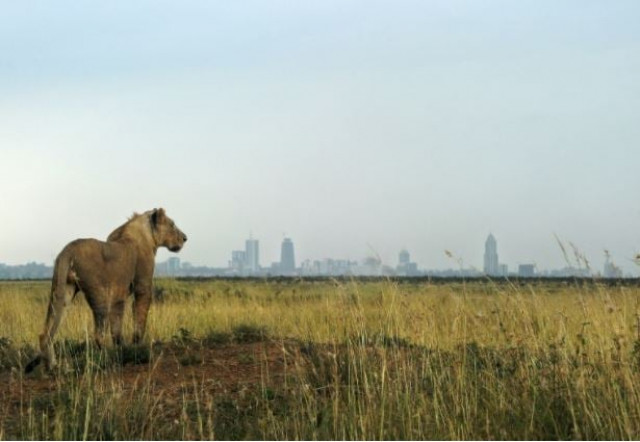Wildlife population dwindles in Chakwal
Deforestation and increased pollution endanger rare species of city and forest areas

The wildlife of Chakwal city and its surrounding forests is dying owing to deforestation, construction work in the city and especially, due to the act of illegal hunting.
The diverse range of wild animals that were previously able to be spotted close to the city, such as foxes, jackals, hares, snakes and wild cats that roamed the city are now rarely seen. The bats and fireflies that appeared at night have also seemed to all but disappear.
The pollution being caused by the harmful smoke emitted by brick kilns has increased to an extent that even the bee population of Chakwal has declined. Not a single bee can be found in the areas at a distance of 10 to 15 kilometres from the city.
Another reason for the dwindling wildlife population is the construction of expansive housing societies for which large swathes of the forest area have to be cut down. Construction work and growing human settlements also mean that the environment is polluted, and animals no longer have access to clean air, food or water sources. These conditions force animals to either succumb to death or migrate to remote areas.
It used to be that animals were able to find leftover, discarded food remnants, such as meat scraps, and remains of fish and chicken around the city. However, since there’s been an increase in the commercial trade, animal remains including animal fat, intestines, bones, feathers and all kinds of waste are being sold to various industries which use it as raw material. The practice of burying animal remains in deep pits within the ground after they have been slaughtered for consumption, also cuts off wild animals’ and birds’ access to food sources.
Aside from starving to death, the increase in the city’s population and private vehicles has also led to a greater number of street cats being fatally hit by cars. Many animals survive by sticking to the few patches of tree groves and vines that are found around the city.
The challenge of wildlife being threatened in the area due to pollution and problems caused by human activity must be addressed before the problem escalates further. It is the district administrations and organisations that work for wildlife health’s duty to take necessary action.
However, responsibility also falls on civilians, and on both small and large meat sellers to dispose of animal remains in distant areas, where wild animals can feed on them.
In addition to the ongoing threats to wildlife in Chakwal, another pressing concern is the loss of habitat and food sources for the remaining animal populations.
Published in The Express Tribune, February 20th 2024.



















COMMENTS
Comments are moderated and generally will be posted if they are on-topic and not abusive.
For more information, please see our Comments FAQ